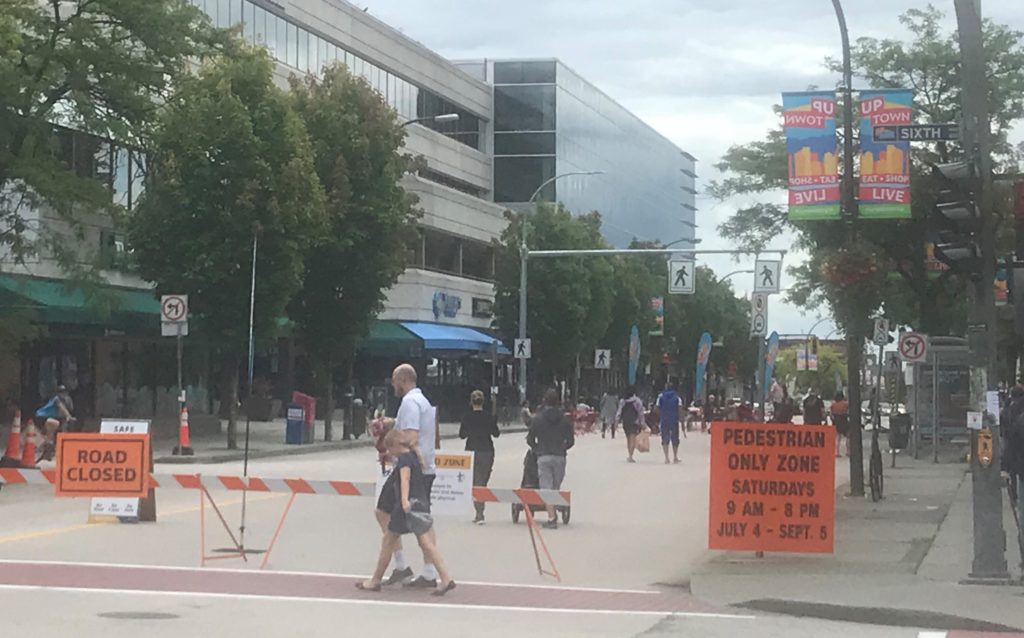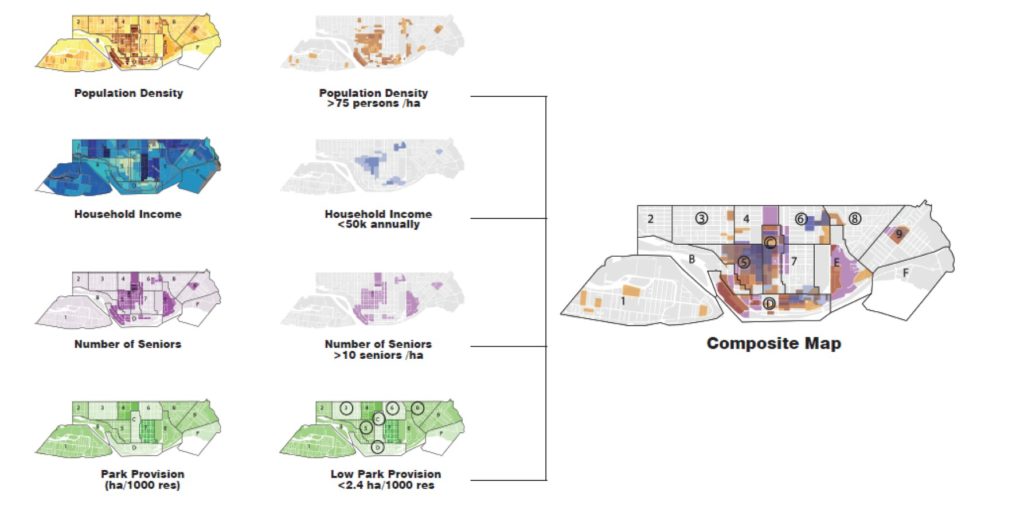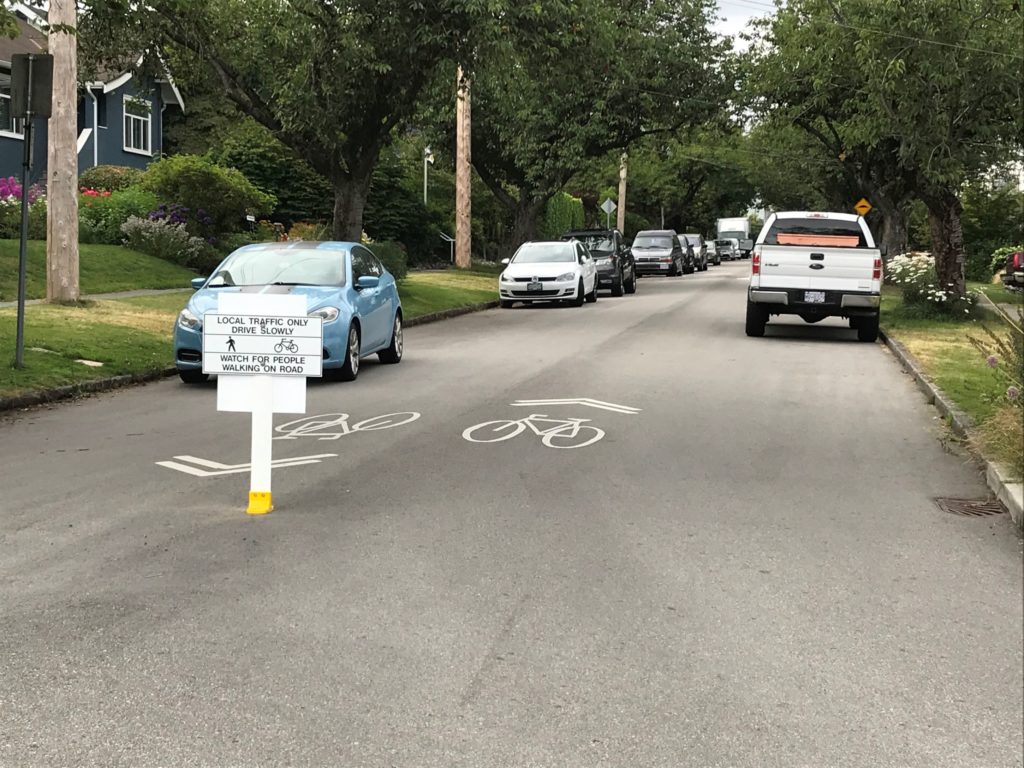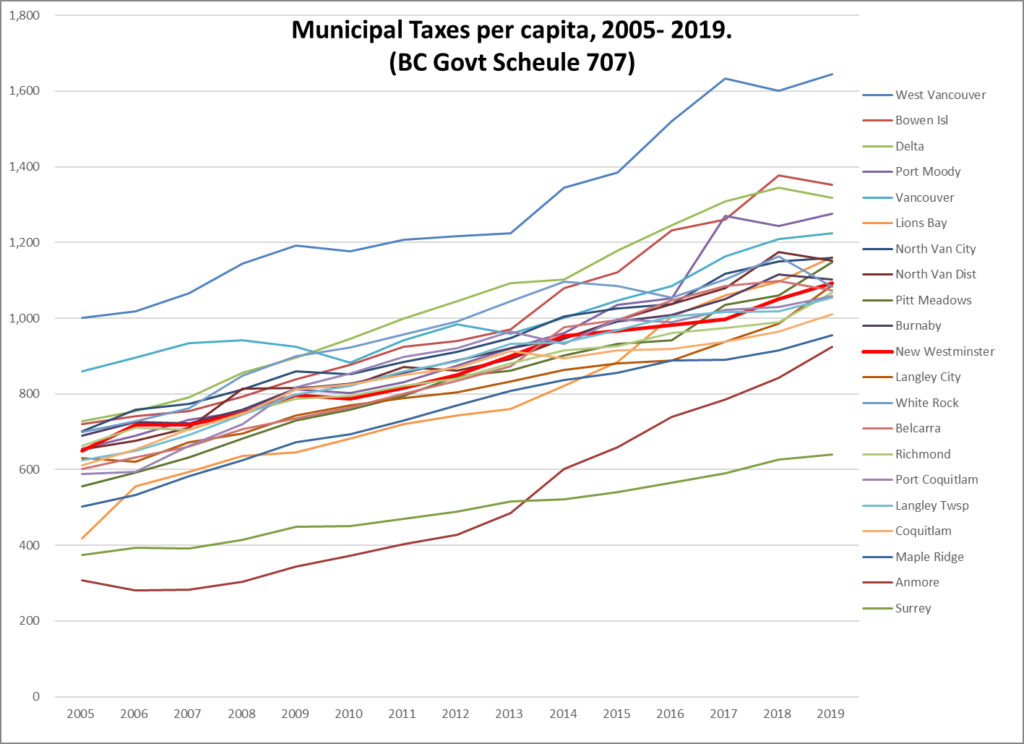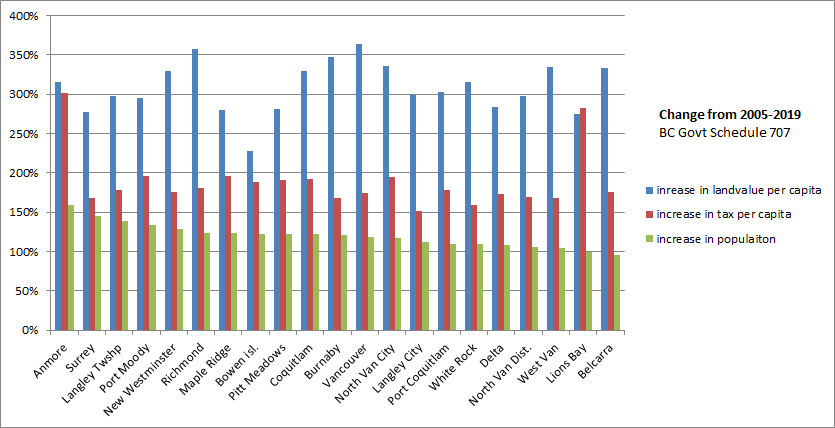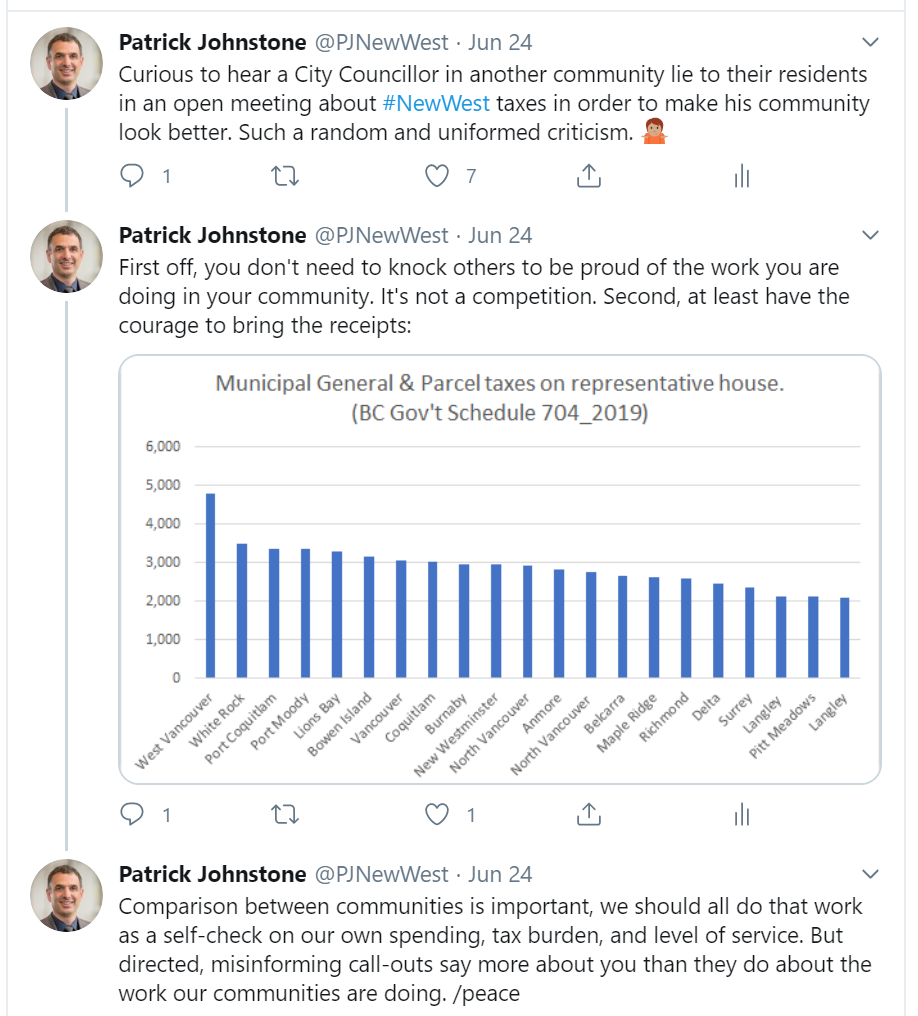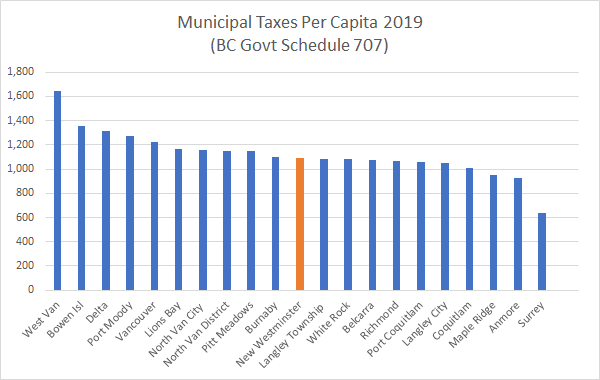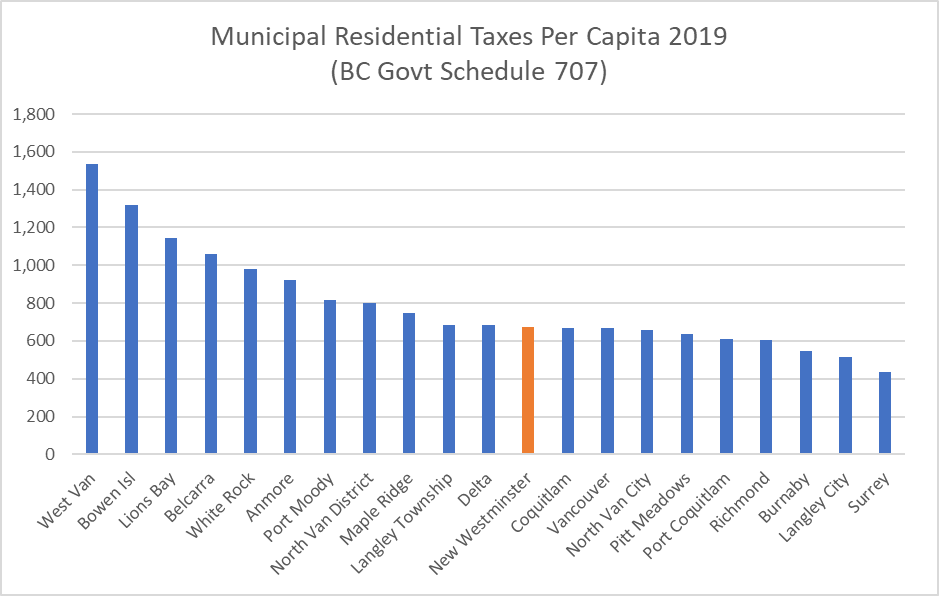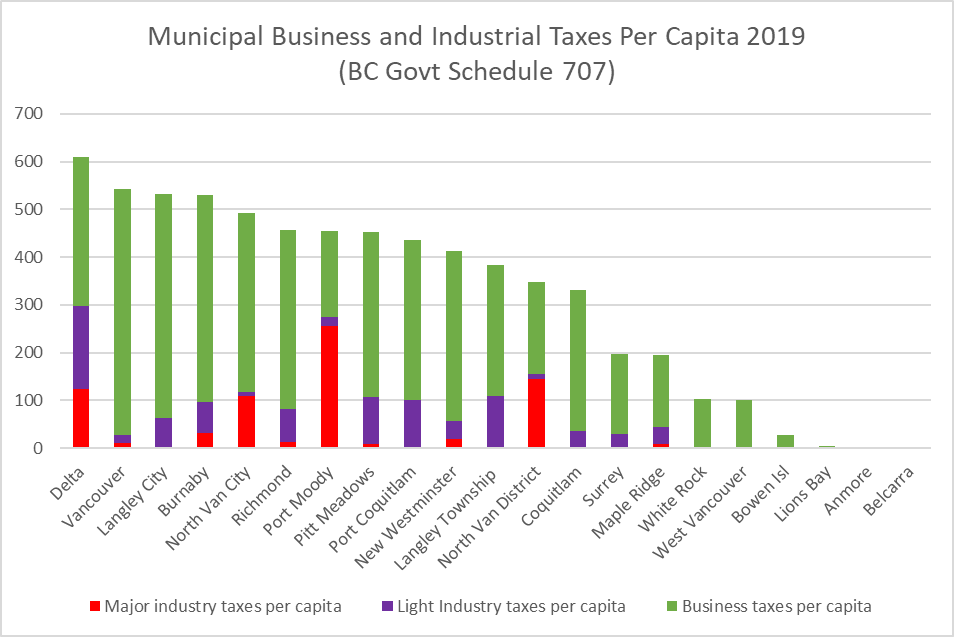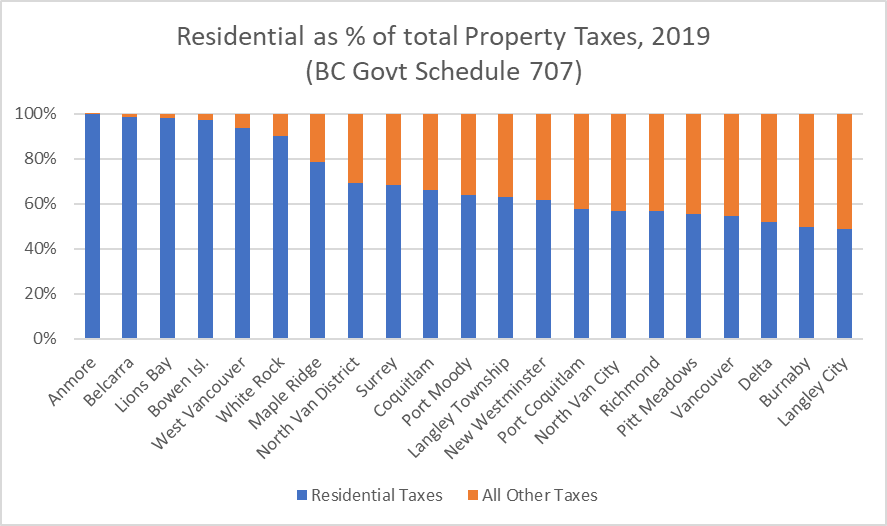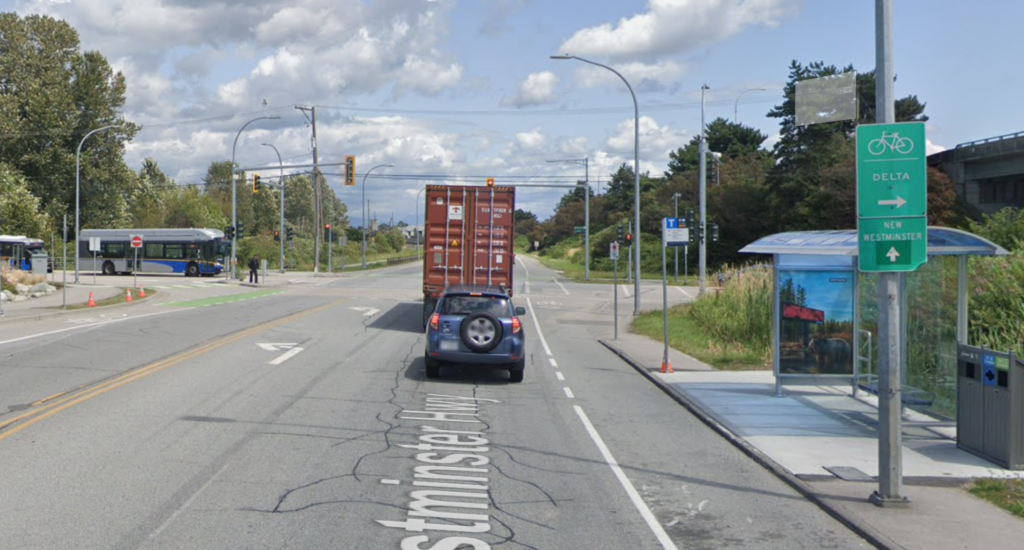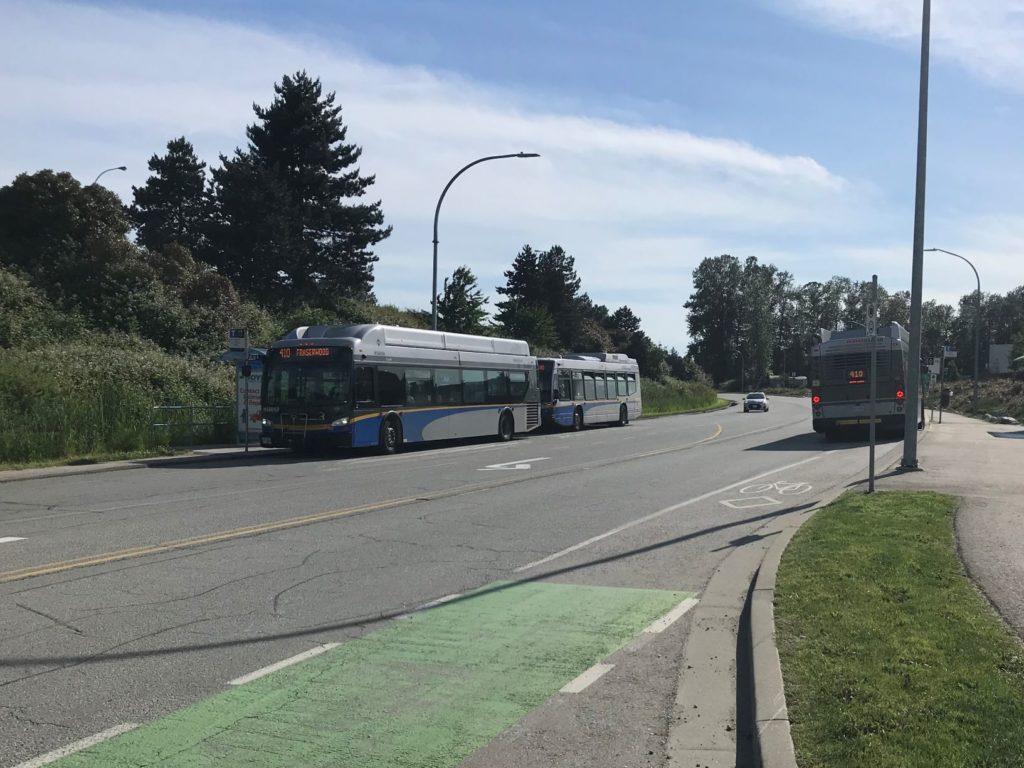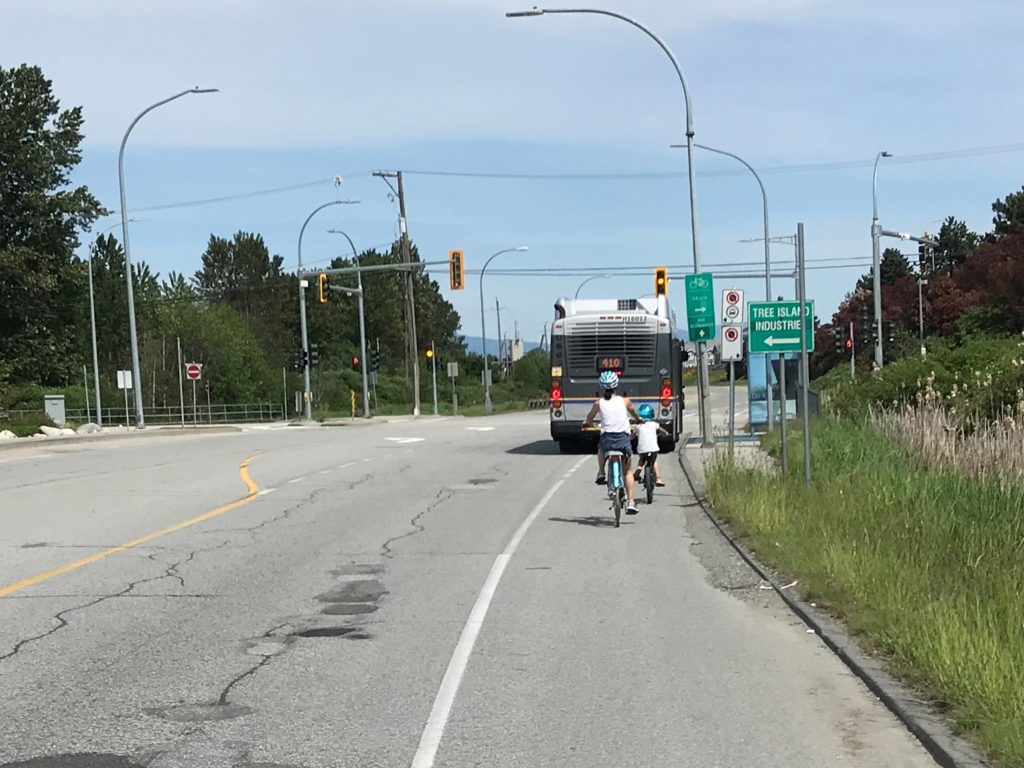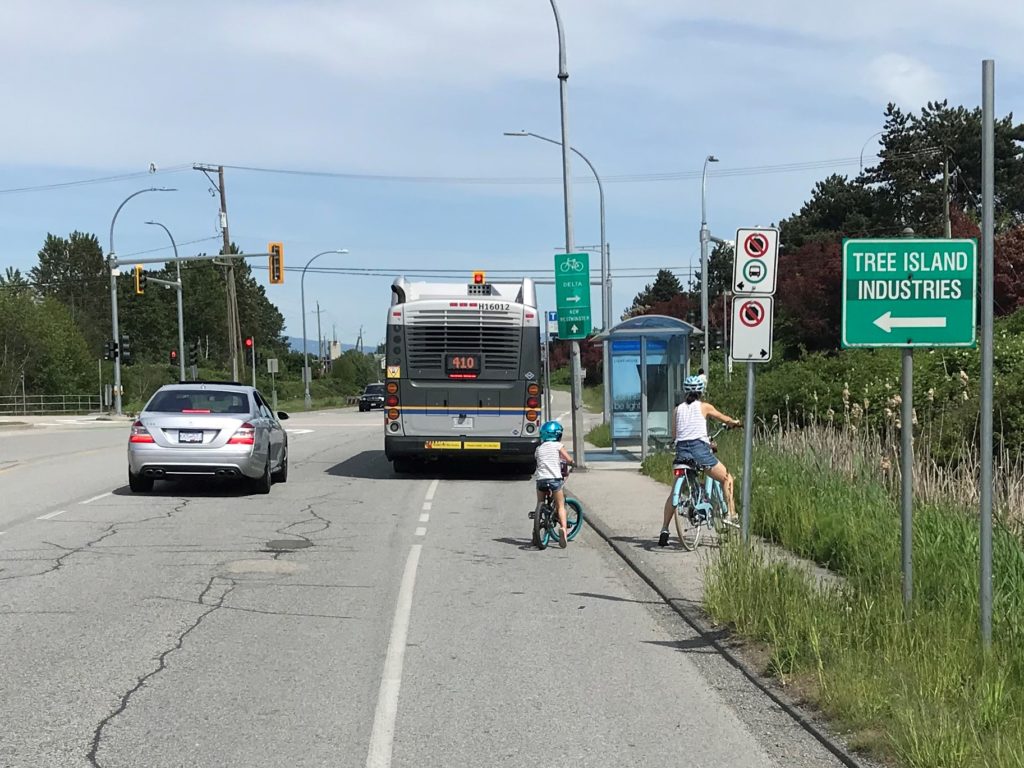This is Part 3 of my reporting out the City’s response to the Declaration for Sustainability in Canadian Cities that Council approved earlier in the month. Part 1 on land use planning is here, Part 2 on transportation is here. Part 3 covers the Built and Natural Environments. As in the earlier parts, I provide the original Declaration Text, followed by the adaptation for NW/MV context provided to Council by staff, all followed by my comments (not necessarily speaking for the City or Council, but my own take on it) for each clause of the declaration.
Embracing Sustainability in our Built and Natural Environment
15. Require that all new government‐owned buildings (federal, provincial, and municipal) be carbon neutral.
Require all new buildings that are government‐owned (federal, provincial, and municipal) or built using public dollars to be energy efficient and carbon neutral over their lifetime.
The City has previously set a LEED standard for new buildings, but we have started to move beyond LEED and reviewed other rating/evaluation systems for new buildings. We are currently on pause with the Canada Games Pool replacement due to COVID uncertainty, but the plans as developed included upgrading to a zero-carbon building and energy generation on site. It makes sense when we own our own near-zero-carbon electrical utility, and when lifecycle costs of higher efficiency buildings are usually lower in the long run.
16. End the dumping of untreated sewage outflows into lakes, streams, and waterways.
End the dumping of untreated sewage outflows into lakes, streams, and waterways.
Some may think this sounds like a simple or even archaic goal in 2020, what with our modern sewers and big sewer treatment plants, and we should spend our time in debates about the value of secondary vs. tertiary sewer treatment and resource recovery at sewer plants. However, New West is one of several cities in the Lower Mainland that still has “combined flow sewers” in some areas. As a result, we sometimes still discharge untreated (but highly diluted) sewage to fisheries habitat in the Fraser River. There are complex historic reasons for this, and the City is continually working on (and investing in) sewer separation, but at the current pace, it will be 2050 or later before we achieve this goal. Much of this is a cost issue, as doing this work is very expensive – we have about $25M in the current 5-year financial plan to do this work at that done-by-2050-or-so pace.
Whether we beat or meet that timing is contingent on a few things alongside our tolerance for high utility rates or debt financing. Much of the separation will be funded by and timed on growth, as it is generally older single-family-detached neighborhoods that still rely on combined flow sewers. There is also a direct cost to land owners for this work, as property drainage must be separated to match the upgraded municipal system, which we require homeowners to do (at their cost, usually in the tens of thousands of dollars) when replacing their house or doing major renovations.
So we are working on it, but it is not going to happen soon, though recent support from senior governments has helped the City accelerate their program, which is good. Arguably, the environment would benefit more from federal government funding aggressive sewer separation programs in Vancouver, Burnaby, and New West than it does from the feds funding tertiary treatment upgrades in the sewer treatment plants the diverted sewage goes to, but that isn’t how politics works.
17. Enact a funded, detailed plan to achieve a 40% urban tree canopy.
Enact a funded, detailed plan to achieve a 40% urban tree canopy, within the context of competition for new development, recognize trees as city assets with parity to other city assets and incentivize tree retention and large tree species planting with development.
A 40% tree canopy is ambitious for any urban area. To put that in perspective, New West’s current canopy city-wide is about 18%, and our “greenest” neighbourhoods are on the order of 33% (Queens Park and Glenbrooke). Our Urban Forest Management Strategy calls for aggressive tree planting and preservation of existing trees (including the new Tree Protection Bylaw), and we have a goal to get to 27% tree canopy by 2030 as Bold Step #6. I am OK with 40% as an aspirational goal, and indeed there is some research suggesting this is a best practice level to aim for (Halifax is one of the few significant Canadian cities that has this level of canopy), but for now we are enacting a funded, detailed plan to get to 27% City-wide, which will put us among the greenest communities in the Lower Mainland.
18. Ensure 100% of municipal operations are powered by clean energy sources.
Ensure 100% of all government operations are powered by clean, renewable energy sources.
We are fortunate to be in British Columbia where most of our electricity is zero-carbon, or at least very low carbon. That means the easiest way to move to clean energy sources is to plug everything in. It is easy for buildings, a little tougher for pools and ice rinks (the type of heating and energy needed lends itself more easily to gas), and really problematic for a lot of equipment. Even as electric cars are becoming ubiquitous, you simply cannot buy an electric pickup truck in Canada in 2020, never mind an electric dump truck or backhoe. Back-up electrical generators (important to many of our critical systems), firetrucks, street sweepers, cement mixers, vac trucks, etc., etc., are all seemingly decades from being available in fully electric forms. And then we need to talk about the infrastructure needs for our electrical utility to be able to provide power for all of these needs.
We have already made a commitment to get there in our Bold Step #1, and are picking the low fruit right now, while making bold choices about new buildings by no relying on fossil gas, but we are quickly approaching the bleeding edge. We need every community, and more businesses, to demand that the market provide electrical alternatives for many of the equipment choices above. Though I would love to blog some time about the City of Oslo is taking this a next step – forcing all construction sites to be electric-driven, but that is a big digression.
19. Require every new building in Canada built using public dollars achieves LEED status.
See #15 above
As mentioned above, we can go beyond LEED, but it is not currently within the City’s jurisdiction to (for example) force a brand new hospital being built in 2020 to go zero carbon, despite the fact it will be the largest point source emitter of Greenhouse Gasses for decades ahead in our community. But we can ask.
20. Require all new large office buildings to be emissions‐free.
Require all new large commercial, institutional and residential buildings to be energy efficient and carbon neutral, resilient to local climate change impacts, and located in Urban Centres or in appropriate locations along the Frequent Transit Network.
This is a similar thing, there is only so far we can go as a Municipality in adopting aggressive energy efficiency under the Step Code, and we are one of the more aggressive communities in the Lower Mainland. Vancouver is mandating an end to fossil fuels in buildings, but have their own Building Code that allows them to take that extra step. This item specifically says “large office buildings”, and it is a good idea to expand to all larger buildings that would likely go through a rezoning process, which gives the City an extra lever to pull, as we have lots of flexibility to make demands during rezoning.
I’m curious about adding energy efficiency as a shared priority with carbon neutrality, and I’m not sure I agree. If we have a relatively inefficient building that uses 100% renewable carbon-free energy, that is a clear win over a carbon-intensive by highly efficient building – burning no carbon is better than burning a little carbon. Every step towards efficiency increases up-front cost, and carbon neutrality may increase lifecycle costs (a gas is really cheap right now), so of the choices of which to require or incentivize, I’d err towards carbon neutral. The efficiency addition muddies this water a bit, I think.
Finally, the addition of Urban Centres and Frequent Transit Network leans back on the sustainable city planning aspects already covered in Part 1, but it is worth noting, if you have the most energy efficient office building in the world, but if it is out in an exburb and everyone has to drive a car to get there every day, you are kinda missing the point. This is getting me to think I need to write a critique about some of the decisions around the RCH expansion.
OK, this covers the entirety of the Declaration in its original form, but Metro Vancouver and City of New Westminster staff identified some gaps that would make this Declaration more meaningful to our specific context, and i will write about those in Part 4. But it is August and the sun is out, so I gotta get out there. You should too!
